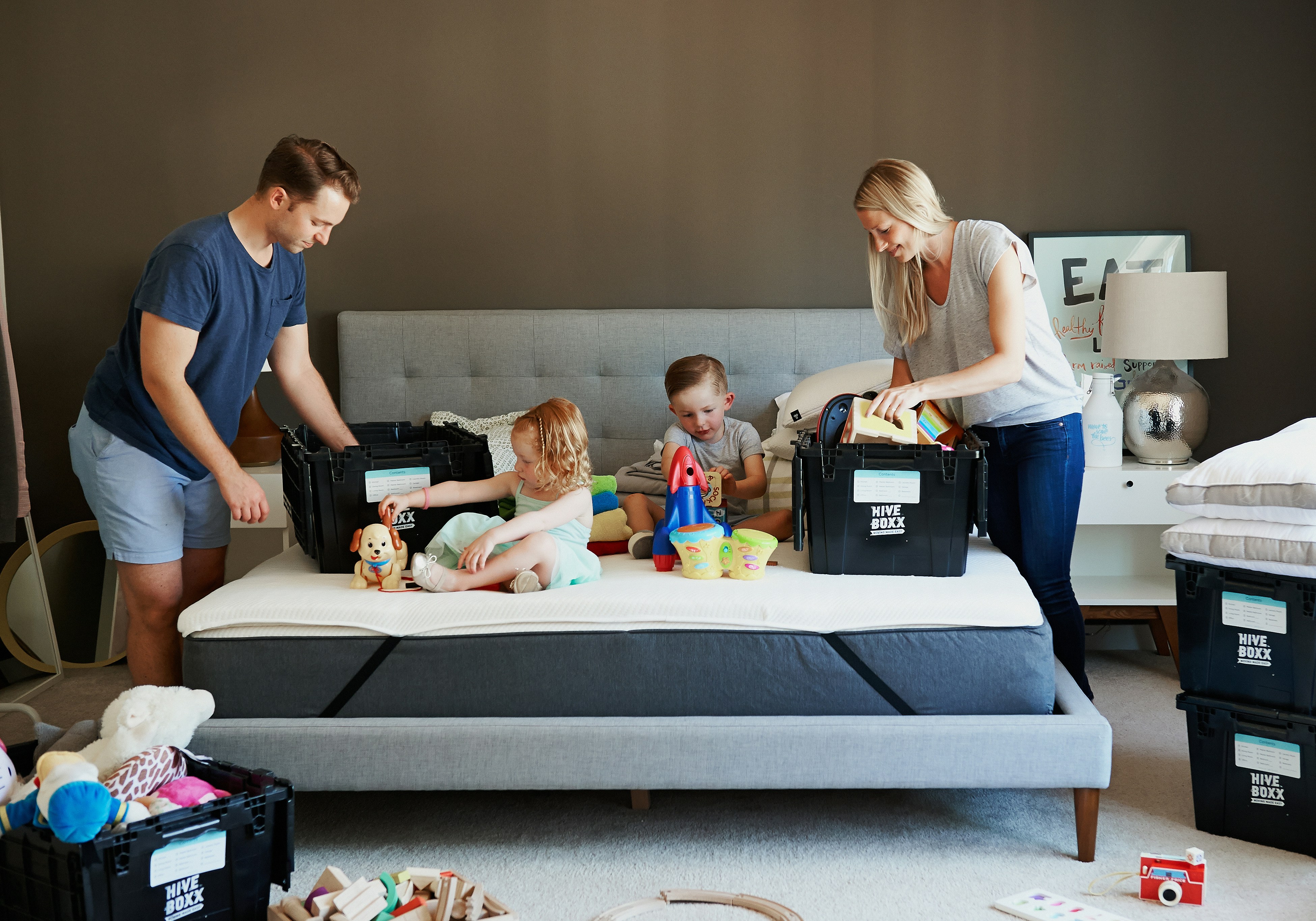When it comes to emergency preparedness, most families know the basics: food, water, flashlights, and a first aid kit. But in real-world emergencies, it’s often the small, overlooked items that make a big difference in comfort, communication, and coordination—especially for families with kids or elderly members.
In this article, we’ll go beyond the obvious and explore 10 practical yet commonly forgotten items you should add to your family’s emergency kit right now. These extras could be the key to staying calm, connected, and capable in the face of unexpected events.
We’ve also included a downloadable checklist at the end, so you can easily save or print it for home use.
1. Extra Phone Chargers and Power Banks
During a crisis, your phone becomes a lifeline—for navigation, updates, communication, and even entertainment. Yet, many families forget to pack a backup charger or portable power bank in their emergency kits.
Choose a fully charged power bank (ideally solar-powered or hand-crank as a backup) and store a spare wall charger and car adapter as well. Make sure it’s compatible with all devices your family uses.
2. Printed Contact List
In today’s digital age, we rely on smartphones to remember phone numbers. But if your phone dies or gets lost, would your child or elderly parent know who to call?
Print out a small contact list with:
- Parents’ phone numbers
- Emergency contacts (local and out-of-town)
- Medical providers
- School and daycare numbers
Laminate it or seal it in a plastic bag to keep it waterproof, and include it in every family member’s emergency card or bag.
3. Copies of IDs and Essential Documents
In the chaos of an evacuation, losing identification can delay assistance or complicate travel. Keep photocopies of important documents in a ziplock or waterproof envelope, including:
- Birth certificates
- Health insurance cards
- Government-issued IDs
- Emergency custody or medical consent forms
If possible, store digital copies on a password-protected USB flash drive too.
4. Prescription Medications and Medical Supplies
First aid kits usually cover bandages and antiseptic—but what about daily prescription meds?
Set aside a 3–7 day supply of medications for each family member, along with:
- An updated medication list
- EpiPens or inhalers
- Insulin, if applicable
- Extra glasses or contact lenses
Rotate supplies every few months to avoid expired medications.
5. Comfort Items for Children
Emergencies are especially scary for kids. Familiar objects can offer a huge source of comfort. Consider packing:
- A small stuffed animal or blanket
- Coloring books or a favorite toy
- A small snack or treat
These little touches can provide emotional stability and help kids feel safe during uncertain times.
6. Extra Cash (Small Bills)
In a power outage or disaster zone, ATMs and card readers may be offline. Having a stash of small bills—$1s, $5s, and $10s—can help you purchase gas, food, or other essentials when digital payments fail.
Store cash in a hidden pouch in your kit and avoid large denominations to make transactions easier.
7. Masks, Gloves, and Sanitizer
While these became essentials during the COVID-19 pandemic, many people have let their guard down. In emergencies involving illness, fire, or dust, having face masks and gloves can still protect your family.
Include:
- N95 or surgical masks
- Disposable gloves
- Hand sanitizer
- Disinfecting wipes
They also come in handy if you’re forced to stay in a crowded shelter or help someone who’s injured.
8. Manual Can Opener
Stocking canned food is smart—but it’s amazing how many emergency kits include cans with no way to open them.
Include a manual can opener (not electric!) and test it ahead of time. Bonus points if you also pack reusable utensils and a multipurpose knife.
9. Pet Supplies
If you have pets, don’t leave them out of your emergency planning. Include:
- Extra food and collapsible bowls
- Leash and harness
- A recent photo (in case you get separated)
- Waste bags or litter supplies
If you’re evacuated to a shelter, this preparation could help keep your pet safe and ensure they’re welcome.
10. Pen, Notebook, and Duct Tape
It might seem low-tech, but paper and tape are incredibly versatile in an emergency. Use them to:
- Leave notes if separated
- Track supplies or medication schedules
- Label items or people
- Repair torn gear or containers
A simple notepad and a roll of duct tape could prove more useful than you think.
Don’t Forget These Items
Here’s a quick version of the checklist you can copy, screenshot, or download:
- Portable phone charger / power bank
- Printed contact list
- Copies of IDs and documents
- Prescription medications
- Kids’ comfort items
- Small-denomination cash
- Masks, gloves, sanitizer
- Manual can opener
- Pet supplies
- Notebook, pen, and duct tape
Final Thoughts
Emergency kits aren’t just about surviving, they’re about staying functional, calm, and connected when normal life is disrupted. These ten overlooked items can bridge the gap between simply having supplies and actually being prepared for the unexpected.
Take 30 minutes today to go through your current kit, and see what’s missing. A few small additions could make a world of difference in your family’s safety and peace of mind.
